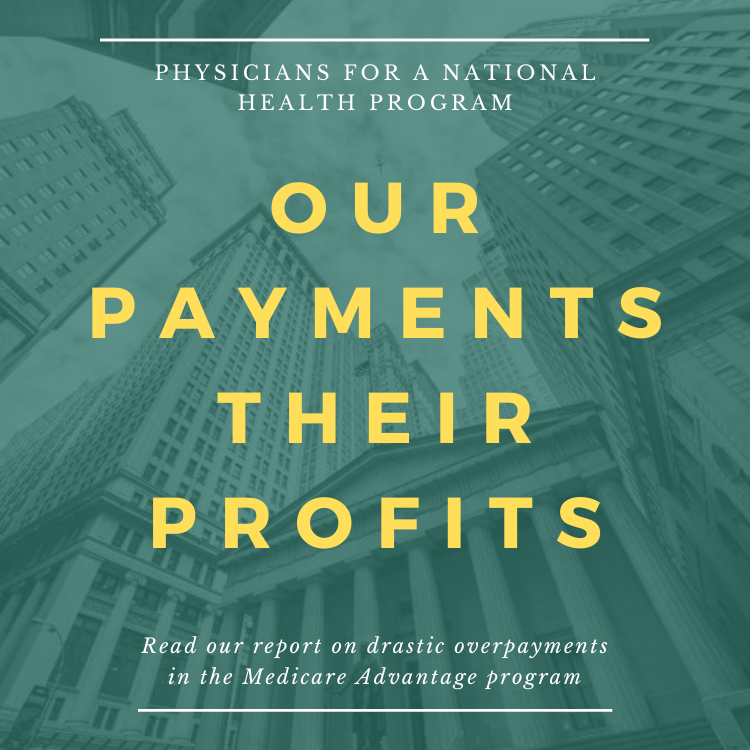Perils of the Public Plan
A badly designed public plan could turn out to be the opposite of what progressives intend.
By Paul Starr
The American Prospect
June 24, 2009 (web)
In the current battle over health reform, progressives may have set themselves up for trouble by pinning all their hopes on the creation of a government-run insurance plan.
All the proposals receiving serious consideration in Congress allow employers to continue to insure their workers and dependents directly. They also call for new “insurance exchanges” as an alternative means for individuals and employee groups to purchase coverage. If there is a new government-run plan, it would be one of the options in those exchanges.
The great danger is that the public plan could end up with a high-cost population in a system that fails to compensate adequately for those risks. Private insurers make money today in large part by avoiding people with high medical costs, and in a reformed system they’d love a public plan where they could dump the sick.
Entry into the public plan for the eligible employed would be a two-stage process. First, employers would choose between paying into the exchange and buying insurance directly to cover their workers. Unless the exchange is such a good deal that nearly all employers take it, firms with a young, healthy work force would tend to buy insurance on their own, while those with higher-cost employees would go into the exchange’s pool. As a result, the pool would suffer “adverse selection” — it would get stuck with a higher-risk population.
Second, within the exchange, the government-run plan would compete against private insurers, yet it would likely abstain from the marketing strategies used by private plans to avoid high-risk enrollees. This double jeopardy of adverse selection could then more than nullify the advantage the public plan derives from its lower overhead (as a result of less money going for salaries, profits, and marketing).
Here’s the delicate political problem: Unconstrained, the public plan could drive private insurers out of business… Over-constrained, the public plan could go into a death spiral itself as it becomes a dumping ground for high-risk enrollees, its rates rise, and it loses its appeal to the public at large. Creating a fair system of public-private competition — giving the public plan just enough power to offset its likely higher risks — wouldn’t be easy even if it were up to neutral experts, which it isn’t.
There are a lot of ways to defeat reform, not just by blocking it entirely, but by setting it up for failure. Those who think a public plan is a good idea no matter how badly designed are not thinking ahead.
(Paul Starr received the Pultizer Prize for “The Social Transformation of American Medicine.”)
http://www.prospect.org/cs/articles?article=perils_of_the_public_plan
And…
Will a Public Plan Bring Better Care?
The New York Times
June 24, 2009
To the Editor:
Re “A Public Health Plan” (editorial, June 21):
A public plan option that competes with private insurers won’t fix health care. Competition in health insurance involves a race to the bottom, not the top. Insurers compete by not paying for care: by seeking out the healthy and avoiding the sick; by denying payment and shifting costs onto patients. These bad behaviors confer a decisive competitive advantage; a public plan would either emulate them — becoming a clone of private insurance — or go under.
Moreover, the savings on overhead from a public plan option are far smaller than you suggest. While it might cut insurers’ profits (which is why they hate it), that’s only 3 percent of the roughly $400 billion squandered on health bureaucracy annually.
Far more goes for armies of insurance administrators who fight over payment, and to their counterparts at hospitals and doctors’ offices — all of whom would be retained with a public plan option. In contrast, a single-payer reform would radically simplify the payment system and redirect the vast savings to care.
Steffie Woolhandler
Cambridge, Mass., June 21, 2009
The writer, an associate professor of medicine at Harvard, is a primary care doctor.
The heated debate over the proposal to offer a public plan option is certainly warranted, but the much of the debate misses the point. While most people are arguing over the design of the public option, they are neglecting the fundamental flaws of our multi-payer system.
Adding a public option to this system, no matter the design of the option, can only result in a perpetuation of the waste, inequities and unaffordable costs that should be the primary drivers of reform.
Some say that private plan regulation will resolve these problems, but you need only look at the perversities of the regulated Medicare Advantage plans to understand that this is a fiction.
Decisions have already been made to include hardship waivers that would leave tens of millions without insurance, and to require only the lowest tier of coverage – the very definition of underinsurance.
The intensive labor and political capital that is being frittered away on the public option is a tragic diversion of human resources that should be directed toward resolving the fundamental flaws in our financing system. Once we get the financing right, we can use that power to ensure that all of us receive higher quality health care.
